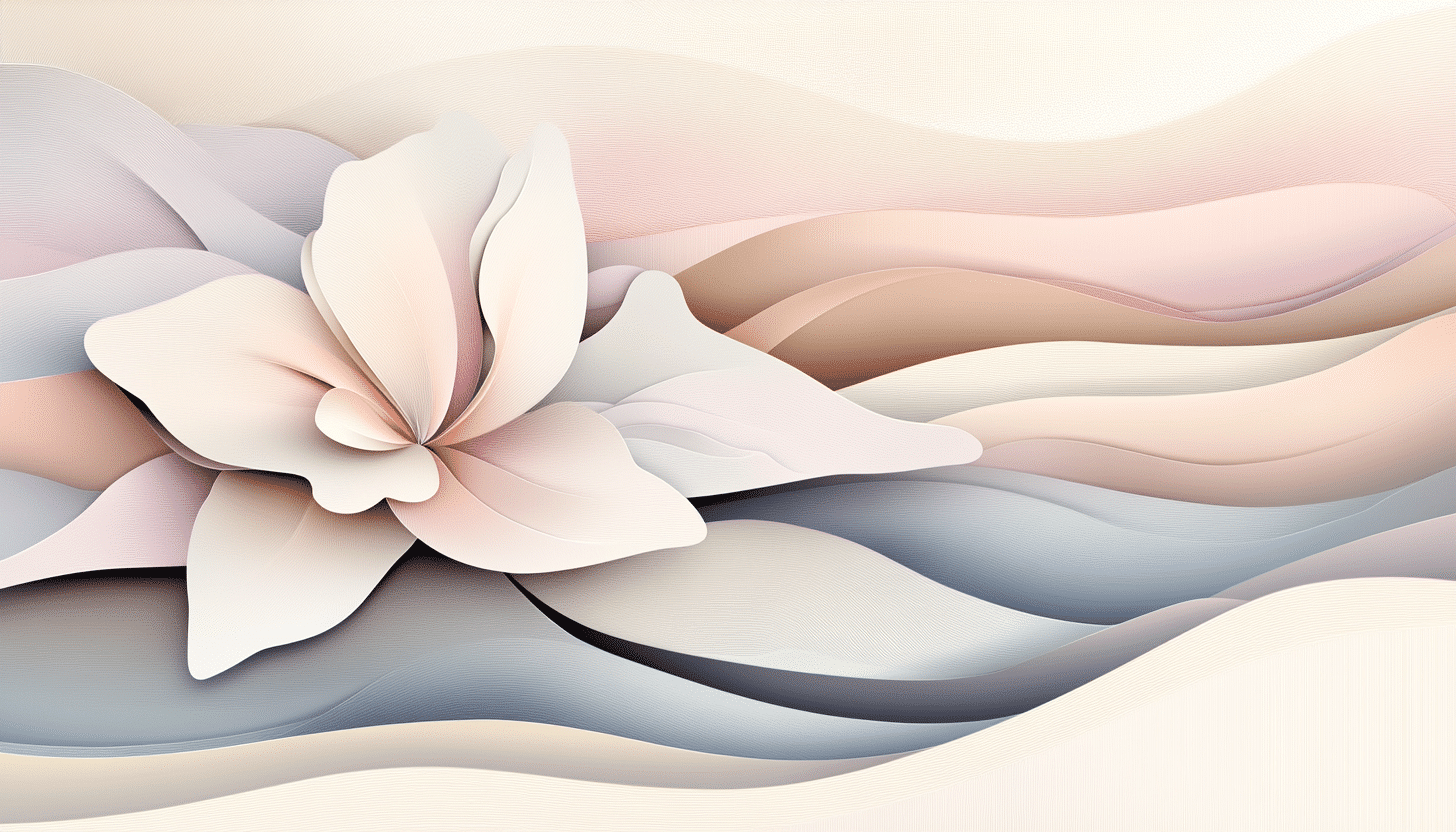What is International Day of the Female Orgasm?
International Day of the Female Orgasm (Dia Internacional do Orgasmo Feminino) takes place worldwide each year on 8 August. It began in Brazil and is now observed in many countries as a day to raise awareness about female pleasure, equality and the ongoing taboos around sexuality. The day highlights how often female desire and sexual experience are overlooked in both public discussion and private relationships. It offers a moment to speak, reflect or simply listen. By giving voice to this topic, the day promotes respect and better understanding.
This is not a day for provocation. It is about care, knowledge and fairness. Rather than focus on performance or attention, it calls for curiosity and honesty. Many people use this day to have conversations that are often avoided. For others, it is a time to learn, share or attend events that encourage openness without pressure. In every form, the focus remains on dignity and informed connection.
History and origin
International Day of the Female Orgasm began in 2008 in the town of Esperantina, Brazil. It was proposed by a local councillor who believed female pleasure deserved as much attention and respect as male satisfaction. The idea was unusual, especially coming from a political setting. But it struck a chord. In a society where female sexuality was often seen as private or even inappropriate, this act of naming it publicly made a strong impact.
The idea spread quickly within Brazil. Media outlets picked up the story, and health professionals began to use the day to promote accurate sex education. Feminist organisations gave it structure, offering events and lectures. Within a few years, other Latin American countries joined in, adapting the day to fit their own cultural settings. Though it began as a local gesture, it became a broader call for sexual equality.
Outside Latin America, the day took on slightly different forms. In Europe and North America, it has been embraced by health educators, artists and student groups. They use the moment to speak about anatomy, rights and relationships. The core message remains the same everywhere: female pleasure is valid, real and worth talking about. The day invites honesty without shame.
Who participates in International Day of the Female Orgasm?
- Sex therapists and educators: They offer sessions, talks or articles to clarify anatomy, consent and mutual respect. Many focus on unlearning myths.
- Writers and performers: Poets, playwrights and artists use this theme to explore intimacy in both public and personal ways.
- Relationship counsellors: Some use the day to help couples discuss pleasure and understand each other better. It becomes a point for open dialogue.
- Medical professionals: Doctors and nurses publish content or run awareness campaigns to support accurate sexual health information.
- University students and activists: Student-led groups organise events and campaigns that bring facts and personal stories together. These spaces mix humour and seriousness.
Slogans and themes
Each year brings new ways of talking about fairness, care and knowledge. Some slogans used in different countries include “Pleasure is not a luxury” and “Mutual respect, mutual joy.” These phrases avoid drama and focus on clarity. Most are shaped to fit the local audience but keep the same goal: to normalise pleasure without shame or confusion.
Colors, Symbols and Patterns
Colors
- Red: Represents intensity, warmth and passion. Often used in visual campaigns for visibility and energy.
- Purple: Linked to empowerment and feminist movements. Suggests strength and self-awareness.
- White: Chosen for its sense of clarity, reflection and openness. Used in workshops and guides.
Symbols
- Open flower: Used to refer to beauty and anatomy without being graphic. It signals openness and growth.
- Circle: Suggests wholeness, inclusion and cyclical patterns in experience.
- Heart: Used not for romance but for care and mutual consideration. It reflects consent and respect.
Patterns
- Waves: Appear in illustrations or materials to show flow, change and personal rhythm.
- Spirals: Refer to inward attention, discovery and variation. Used in therapy or self-help contexts.
- Loops: Emphasise that pleasure is not linear. They suggest freedom in how we understand sensation.
Most used hashtags
- #femaleorgasmday
- #sexualrespect
- #pleasureisreal
- #equalintimacy
- #openconversation
How do you celebrate International Day of the Female Orgasm?
- Start a real conversation: Share thoughts or questions about sexuality with someone you trust. This opens space for honesty and reflection.
- Attend an event or talk: Join an online or local discussion that covers topics like anatomy, communication or mutual respect.
- Read a book or article: Learn about female sexual health or pleasure from a medical or cultural point of view.
- Use art or writing: Express your view on pleasure through poetry, journaling or drawing. These quiet forms often say the most.
- Support a message: Share an article or quote that focuses on clarity, fairness or care. Visibility is a form of support.
Why is International Day of the Female Orgasm important?
This day creates space where silence often lives. In many cultures, female pleasure is treated as shameful or secondary. By making it part of public conversation, the day helps shift that view. It replaces myths with facts and secrecy with trust. More than anything, it allows people to ask without fear. That alone can lead to stronger, healthier relationships.
It also plays a role in broader change. When we speak openly about sexuality, we support health, equality and mutual respect. Schools, clinics and communities can use this day to reach people who rarely hear clear messages. The female orgasm is not just a moment, but a symbol of fairness and presence. Through this lens, intimacy becomes something shared and supported, not hidden or dismissed.
Features
August 8: Female Orgasm Day
Why do you keep falling for the same type?
Read the article Lovemaps: the hidden blueprint of our love.

